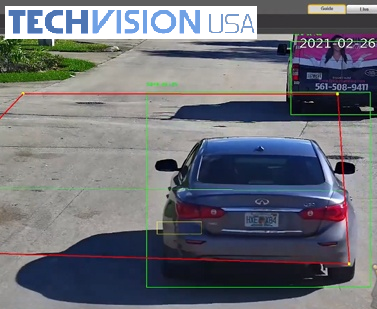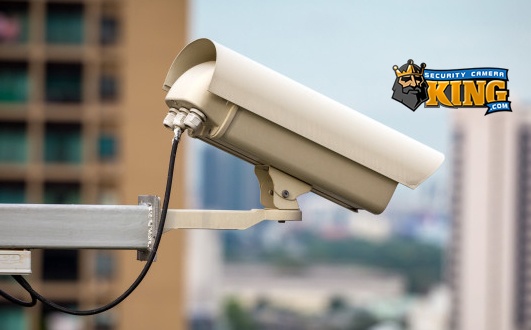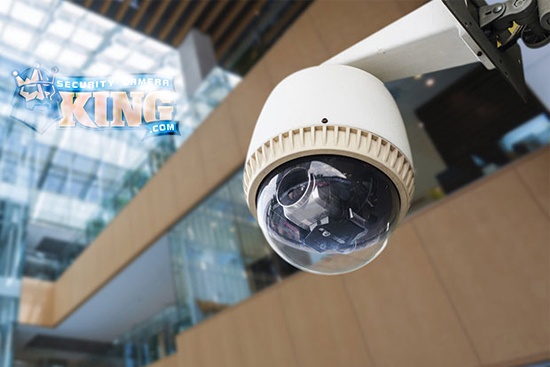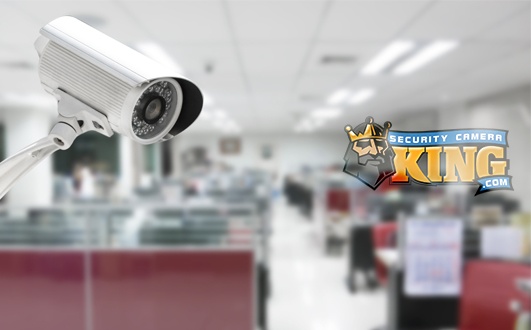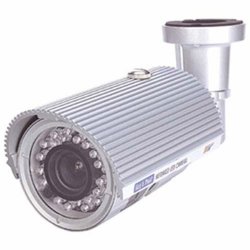 An infrared wireless security camera offers the ease of do-it-yourself installation and the versatility of total darkness digital video recording. Weather you choose and indoor or outdoor type camera, these cameras can be mounted just about anywhere provided you can provide them with a power source to operate. In addition, infrared wireless security cameras do not require any other special add-on equipment to function.
An infrared wireless security camera offers the ease of do-it-yourself installation and the versatility of total darkness digital video recording. Weather you choose and indoor or outdoor type camera, these cameras can be mounted just about anywhere provided you can provide them with a power source to operate. In addition, infrared wireless security cameras do not require any other special add-on equipment to function.
Infrared wireless security cameras are used for many different applications. The following is just a short, partial list of some of those uses:
• Residential Indoor Applications. In areas that are not always lit, such as storage areas, garages, or any room that is dark. These cameras are excellent for use as baby monitor cameras.
• Industrial (and/or Commercial) Indoor Applications. In any area that is not well lit especially storage facilities, chemical or hazmat storage and use areas, retail store “back” rooms, night time exits and entrances, etc.
• Residential Outdoor Applications. Anywhere outside the house that you want to cover a perimeter zone that surrounds the house: Drive ways, garages or shops not attached to the main home, entrance gates, boats, and barns.
• Industrial (and/or Commercial) Outdoor Applications. Outside store perimeters, no-trespassing areas that may be difficult to patrol in darkness, night-time (or no-light condition) equipment operation areas, rooms and offices that are vacant at night, areas where money and other valuables are stored.
These cameras have the added advantage of performing as a normal visible light digital video camera when sufficient light is available and as an infrared light digital video camera when there is an insufficient amount of light. When the cameras are operating under visible light conditions, they provide a high-quality color display; and when operating under infrared conditions they provide a high-quality black and white or monochromatic video image.
As the description indicates, an infrared wireless security camera does not require the use of a video transmission cable. Non-wireless cameras must have an RG-59 coaxial or similar cable run from each camera to the Digital Video Recorder or DVR. This cabling can complicate installation and some users may feel that, although the cable can be hidden most of the time, when it is visible it can be obtrusive.
Infrared wireless security cameras use one of many different types of wireless technologies to send their video data to a corresponding receiver, or directly to a DVR unit that has a built-in receiver. One of the most popular wireless technologies used for this purpose is the 2.4 or 5.8 GHz technology due to its crisp, clear mostly interference free transmission/reception. (This is the same technology used on many landline-based wireless telephones.)
If the signal is received by a corresponding wireless receiver, the receiver is usually located near the DVR unit and is connected to it by a cable. Some DVRs made specifically for wireless applications have on-board receivers that “catch” the cameras’ transmission and relay it directly to the DVR for further processing.
Most infrared wireless security cameras radio technologies are based on something called a Line Of Sight range or LOS. An LOS range means the camera’s maximum transmission range is based on LOS. This means the camera’s maximum transmission is specified based on a situation where there is an unobstructed view (or LOS) between the camera and the receiver. Although obstructions do not usually cancel the transmission, they do reduce the maximum range based on their material composition.
The interesting thing about infrared wireless security cameras is that they are intrinsically sensitive to infrared radiation. The digital video camera uses one of two sensors, a Complimentary Metal Oxide Semiconductor or CMOS or a Charge Coupled Device CCD, to convert light images into electrical signals that create digital video images. Both of these sensors can detect not only visible light, but infrared light of the near-infrared wavelength. Furthermore, the cameras’ sensors can “see” the infrared light, but the human eye cannot. There for the light used for infrared illumination is literally invisible to the human eye.
Infrared wireless security cameras normally used infrared Light Emitting Diodes or LEDs to create the illumination for the camera. These LEDs may be configured in an array surrounding the camera lens, off to the side, or entirely separate on an infrared “illuminator.” Generally, the more LEDS the longer the range of capturing in total darkness conditions. For that reason, always check the specifications before purchasing the camera to make sure it meets your required range.








